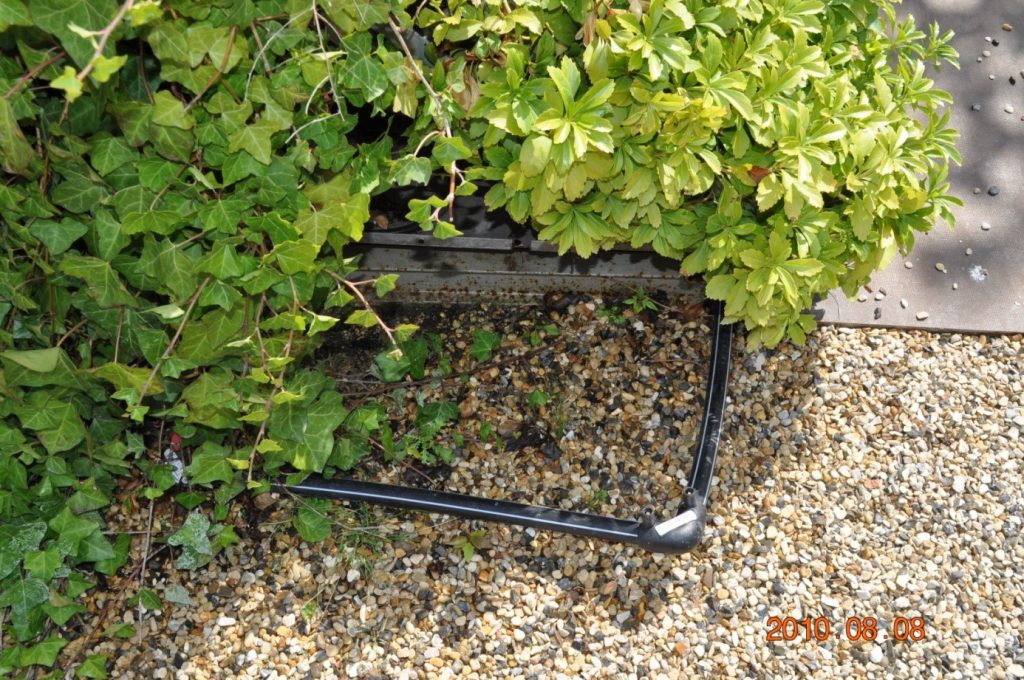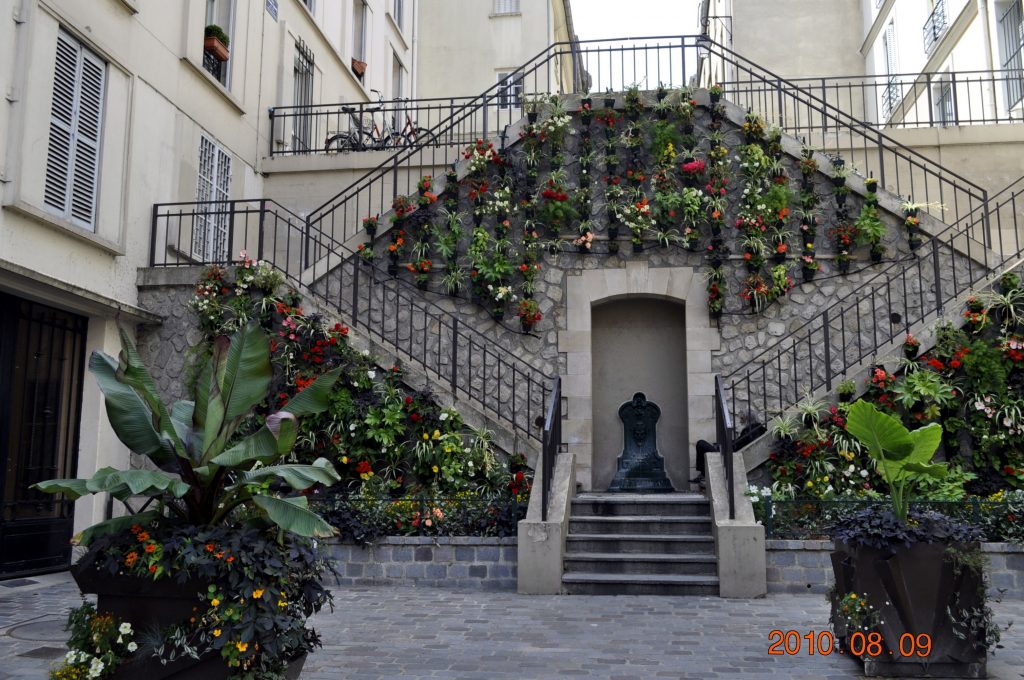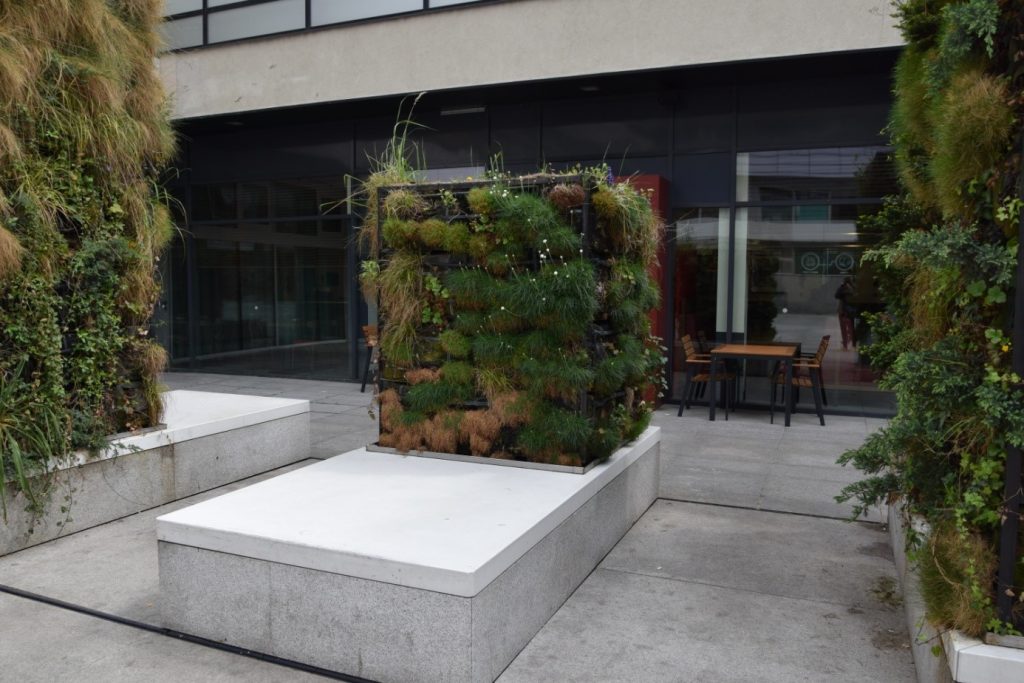Greenwalls
“Green Walls”, “Vertical Gardens”, “Living Walls” are very diverse objects – both technologically and structurally (complex and expensive to implement as well as those of very simple construction enough to be implemented independently without too high costs). “Green walls are used in urban space to green both the walls of buildings (private and commercial), walls of engineering structures (e.g. bridges, viaducts) or as free-standing elements.
“Green walls” are divided into:
[expander_maker id=”1″ more=”Read more” less=”Read less”]
“Vertical gardens”. – Plants do not grow vertically (roots downwards) but are placed horizontally. They do not grow in the native soil but in specially designed structures. Traditional soil is replaced here by so-called soil substrate, which fills: a modular panel in the case of modular walls, or wire gabion in the case of gabion walls. Soil substrate as a substrate for plants can also be used in three-layer systems to fill the so-called pockets in which plants grow (they can also be grown without soil – hydroponic cultivation). Specially designed irrigation systems are used to water the plants.
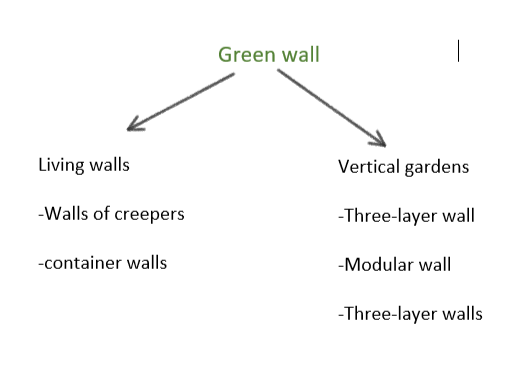
“Living walls – These are systems where plants grow vertically (roots downwards), or under a slight slope. In the case of green walls greened with climbers, plants are planted in the soil at the base of the wall or in containers placed at different heights. Another type of “green walls” are container walls, where plants grow in separate containers installed on a structure fixed to a vertical surface. The systems may or may not require specially controlled irrigation systems.
An important element in building a green wall is the plant material used to green it. Both annual and perennial plants, as well as small shrubs and trees are used here. The choice of plants should take into account: economic aspects (plants should not be expensive to cultivate), environmental aspects (easy to cultivate, resistant to unfavourable environmental conditions such as droughts and high sunlight, creating habitats for urban fauna), aesthetic aspects (improving the visual quality of a given space, creating urban interiors).
In the case of “green walls” with a large surface area, the vegetation used for greening should be “zoned” – The green area of a “green wall” should be “zoned”. In the case of “green walls” with a large surface area, the vegetation used should be “zoned” in a special way. at the top of the “green wall” there should be species with a larger size and tolerant of high sun exposure and water deficits. Species of plants planted lower down should be smaller in size, and be tolerant of light deficits and higher humidity of the substrate.
“Green walls” can also be used as a place for growing edible plants – for urban agriculture (growing lettuces, herbs, strawberries, tomatoes, cucumbers, etc.).
An important element for the proper functioning of a “green wall” is the drainage system – aided by gravity. In the case of three-layer walls – it is important to evenly water the felt which is a part of their construction, in the case of modular walls the excess water from one module flows to the next module. In the case of potting systems, drainage will depend on what the individual plant containers are lined with; this can be expanded clay or gravel.
An integral part of almost all types of “green walls” will be their automatic watering system. The tubes of the system are made of various materials, and their distribution and density depends on the future irrigation intensity of the structure. Unused water is collected through a gutter at the base of the “green wall”. – its excess can be used to re-enter the circulation of the system or used to water the greenery located at the foot of the green wall.
“Green walls” should be built in such a way that it is possible to ventilate and dry from excess moisture the supporting wall (e.g. building) on which the structure is built (fig.1).
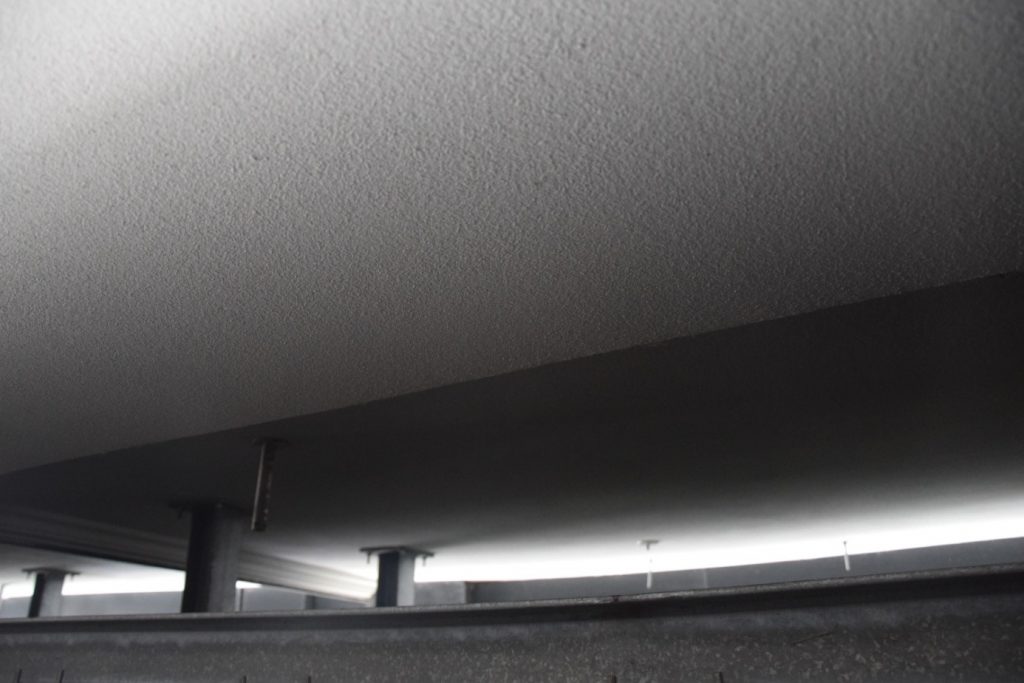
Fig. 1 “Between the wall of the building and the structure of the “vertical garden”. Author: Agnieszka Dudzińska – Jarmolińska

Environmental aspect: Green walls provide important ecosystem services : they assimilate carbon dioxide, produce oxygen, clean the air of dust and gas pollutants, humidify the air, ionize it, produce volatile compounds beneficial to health. They purify water, regulate air exchange and air temperature, reduce noise.
They provide habitats for animals (insects, birds and small mammals). They have a positive impact on people’s mental health (the sight of greenery, the pleasant rustle of leaves, and the seasonality of plants have a soothing effect on human mood). They protect building facades against the adverse effects of wind, rain and UV radiation. They create space (increase its aesthetics, give architectural interiors a unique character), unify space (in the case of urban chaos).
“Ecosystem services are understood as a set of ecosystem (landscape) outputs and functions that are useful to human society (Solon 2008).” (Sudra 2015)
The role of green walls in the adaptation of cities to climate change:
- Counteracting the heating of air or surfaces and pavements, reducing the urban heat island, reducing heat waves.
- Counteracting local flooding,
- Counteracting biodiversity loss.
Safeguarding against (here it is worth mentioning in the pictograms)
[/expander_maker]

